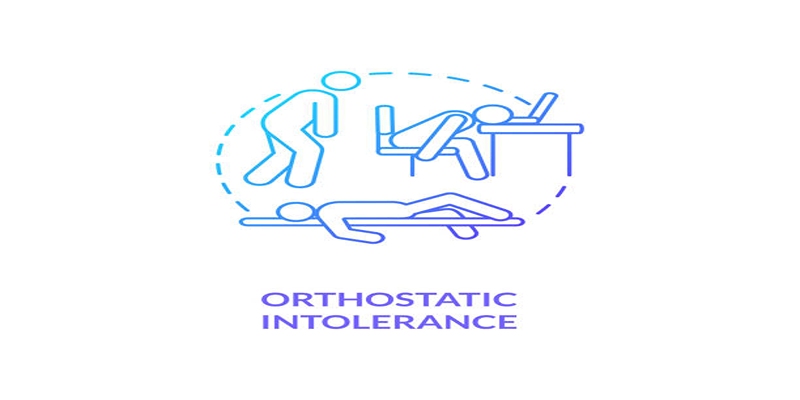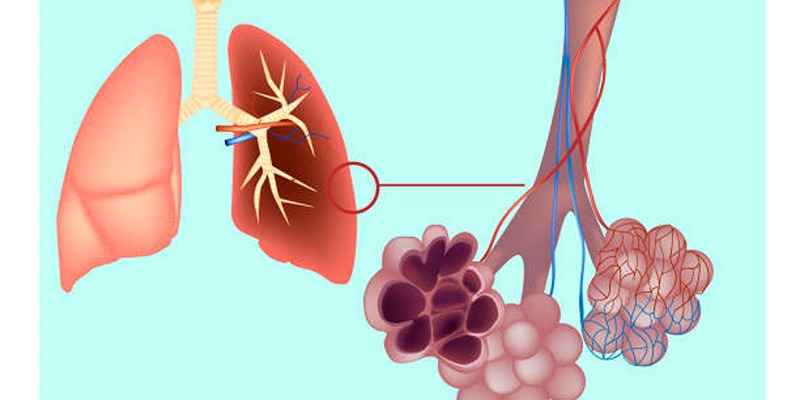Devic’s Disease: Warning Symptoms, Causes, and Effective Treatment Options
Devic's disease, also known as neuromyelitis optica (NMO), is a rare but serious autoimmune disorder that affects the central nervous system, specifically targeting the optic nerves and spinal cord. This disease leads to inflammation, which can cause severe neurological damage. Understanding the warning symptoms, potential causes, and available treatment options is critical for early diagnosis and effective management.
In this article, we'll explore the key aspects of Devic's disease—its warning symptoms, causes, and treatment methods that can help manage the condition. By recognizing the signs early, patients can improve their quality of life and prevent further complications.
Warning Symptoms of Devic's Disease:
Devic's disease can present a variety of symptoms, and they can appear suddenly or progress over time. The most common symptoms typically involve vision loss and spinal cord inflammation, but they can vary depending on the individual. Recognizing these symptoms early can lead to a quicker diagnosis and more effective treatment.
- Optic Neuritis:
One of the hallmark signs of Devic's disease is optic neuritis, which causes sudden vision loss or blurriness in one or both eyes. This occurs due to inflammation of the optic nerves responsible for transmitting visual information from the eyes to the brain.

- Spinal Cord Dysfunction:
Inflammation in the spinal cord can lead to a variety of symptoms, including numbness, weakness, paralysis, or problems with bladder and bowel control. This spinal involvement often results in a condition known as myelitis, which is a hallmark of Devic's disease.
- Pain and Muscle Weakness:
Patients may experience intense pain, especially in the back or limbs, accompanied by muscle weakness. This can interfere with daily activities and lead to mobility issues.
- Sensory Changes:
Loss of sensation or abnormal sensations, such as tingling or a "pins and needles" feeling, is common in patients with Devic's disease. This may affect the arms, legs, or torso.
- Fatigue and Fever:
Devic's disease can cause severe fatigue and low-grade fever, especially during flare-ups of the disease. These symptoms can significantly reduce the patient's energy levels and ability to perform everyday tasks.
- Coordination and Balance Problems:
As the disease affects the nervous system, patients may experience difficulty with balance, coordination, and walking. This can increase the risk of falls and injuries.
Recognizing these warning symptoms is essential, as early intervention can help prevent further neurological damage.
Causes of Devic's Disease:
The exact cause of Devic's disease is still not fully understood, but it is generally believed to be an autoimmune condition. In autoimmune diseases, the body's immune system mistakenly attacks healthy tissues, causing inflammation and damage. Several factors are believed to contribute to the development of Devic's disease.
- Autoimmune Response: Devic's disease is often associated with the production of autoantibodies, particularly aquaporin-4 (AQP4) antibodies, which attack the water channels in the brain and spinal cord. This triggers inflammation and damage to the optic nerves and spinal cord.
- Genetic Predisposition: Some individuals may have a genetic predisposition that makes them more susceptible to autoimmune diseases. Family history can sometimes be a factor, but genetic markers specific to Devic's disease are still being studied.
- Environmental Triggers: Certain environmental factors, such as infections (wildly viral infections), may trigger the onset of Devic's disease in genetically predisposed individuals. These triggers can prompt the immune system to go haywire and attack the central nervous system.
- Infections and Viral Diseases: Viral infections, such as Epstein-Barr virus (EBV), are believed to be associated with the onset of autoimmune disorders, including Devic's disease. The immune response to these infections may inadvertently lead to the development of NMO.
- Gender and Age Factors: Women are more likely to develop Devic's disease than men, with the disease often manifesting in individuals between the ages of 20 and 40. Hormonal and genetic factors are believed to influence this gender disparity.
Though researchers continue to investigate the precise causes, understanding the role of these factors can help guide treatment and prevention strategies.
Treatment Options for Devic's Disease:
While there is no known cure for Devic's disease, effective treatments are available to manage symptoms, reduce inflammation, and prevent relapse. Treatment aims to suppress the immune system's attack on the central nervous system and improve the patient's quality of life.
- Corticosteroids:
High-dose corticosteroids such as prednisone are often used in the acute phase to reduce inflammation quickly. These drugs effectively control flare-ups and reduce optic nerve and spinal cord inflammation.
- Plasma Exchange (Plasmapheresis):
Plasma exchange is used in severe cases where steroids alone are not effective. This process involves removing harmful antibodies from the blood to reduce inflammation and improve neurological function.
- Immunosuppressive Medications:
Drugs like rituximab and azathioprine are often prescribed to suppress the immune system and prevent further attacks. These medications help manage the autoimmune response and prevent future flare-ups of Devic's disease.
- Biological Therapies:
Biologic agents, such as rituximab, target specific cells in the immune system to reduce inflammation and help maintain remission. These therapies are effective in controlling the disease and preventing further damage.
- Symptom Management:
Patients may also be prescribed medications to manage specific symptoms of Devic's disease. Pain relievers, muscle relaxants, and anti-seizure medications can help alleviate pain, spasms, and other symptoms caused by nerve inflammation.
- Physical Therapy and Rehabilitation:
Physical therapy can help improve movement and coordination for patients experiencing mobility issues, muscle weakness, or paralysis. Rehabilitation programs are designed to maintain function and prevent complications due to physical disabilities.
- Ongoing Monitoring and Follow-Up:
Long-term care and regular follow-up appointments are essential to monitor the effectiveness of treatment and manage any potential side effects. MRI scans and other imaging techniques may be used to assess the progression of the disease.

Conclusion
Devic's disease is a serious autoimmune disorder that can cause severe neurological symptoms. Recognizing the warning symptoms early, understanding the causes, and accessing appropriate treatments are critical steps in managing the disease. While there is no cure, advances in treatment options can significantly improve the prognosis and quality of life for those living with Devic's disease.
If you or someone you know is experiencing symptoms of Devic's disease, consult with a healthcare professional promptly to ensure the best possible care. Early intervention can make all the difference in preventing long-term damage and managing the disease effectively.












